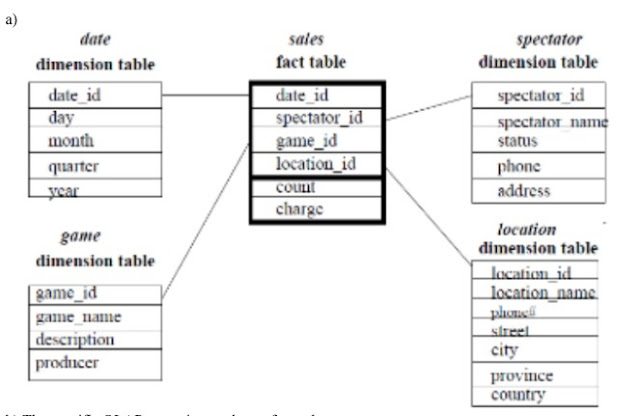Explain ASP.NET MVC Architecture.
ASP.NET MVC Architecture
• MVC stands for Model, View, and Controller. MVC separates an application into three components - Model, View, and Controller.
Model: represents the shape of the data. A class in C# is used to describe a model. Model objects store data retrieved from the database. The model represents the data.
• View: View in MVC is a user interface. View display model data to the user and also enables them to modify them. View in ASP.NET MVC is HTML, CSS, and some special syntax (Razor syntax) that makes it easy to communicate with the model and the controller.
• Controller: handles the user request. Typically, the user uses the view and raises an HTTP request. Controller processes request and return the appropriate view as a response. The controller is the request handler.





Comments
Post a Comment